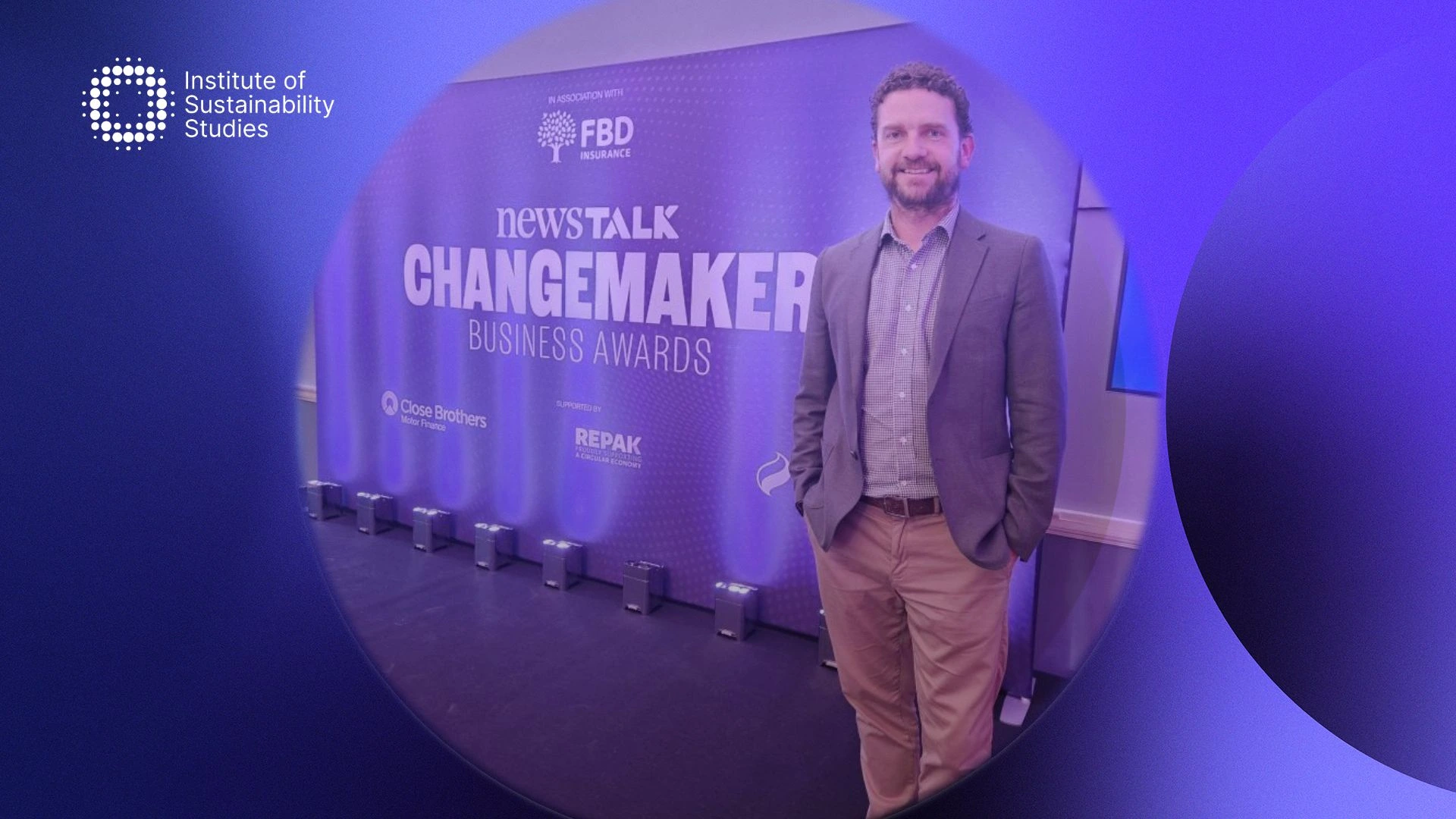While many consumers are making the switch to more sustainable products, there still remains a gap that needs to be filled. That is, many are still unwilling to pay more for eco-friendly options. New research from TWC, digital and data experts, reveals that 49 percent of consumers want to make environmentally sound choices but are unwilling to pay extra for this benefit.
The research also found that 57 percent of consumers expect companies to be focused on their environmental impact and becoming more sustainable. They, too, see the business case for sustainability and feel those businesses that do not adapt will most likely lose out in the future. While some consumers remain unwilling to spend more for the environmentally-friendly option, this research still shows how much sustainability is influencing shoppers.
Continue reading to explore how we can close this green product gap and drive the adoption of sustainable products and services.
Are some consumers willing to spend more for sustainable products?
As climate awareness has grown, researchers have become increasingly interested in the behavioural changes that come with that. In particular, they have been examining climate-oriented consumption to identify whether it wins customer’s support. Nielsen Insights have suggested most consumers will alter their consumption habits to minimise their impact on the planet.
Additionally, half will switch over to sustainable products. However, it should be noted that concern among consumers does not ultimately translate into the purchase of eco-friendly products. As reported by the CSA, 46 percent of consumers are more likely to purchase a product that has a strong sustainability profile. By the same token, almost 60 percent will not spend more money on an eco-friendly product.
With this in mind, there is a significant gap between purchase behaviours and intentions. So, even though customers are concerned about the planet and hold sustainable products in high regard, the cost of a product is an incredibly important factor. The research to date surrounding this topic is incredibly mixed. Consumers in some countries are more willing, while others are less willing.
Why are sustainable products more expensive?
With this gap in mind, it poses the question: why are sustainable or green products more expensive? Businesses that sell sustainable products are not simply pushing up the price. The truth is that all steps involved in manufacturing and processing green products cost more than traditional products.
From procuring the raw materials needed to packaging, and shipping the final product to stores or directly to customers, it all adds up. There are a lot of reasons why the manufacturing and production process is more expensive. Environmentally friendly materials, for instance, cost more money to grow and manufacture.
In addition to the costs surrounding growing and manufacturing fabrics, gaining reputable third-party certifications also adds costs, as does using organic materials instead of mass-produced chemicals. Economies of scale also affect the price of a green product. In other words, if the demand for green products remains low, the price will continue to be high.
More demand for these products would help to reduce production costs and lower unit price costs. Unfortunately, this means consumers need to become more willing to pay extra for sustainable products, currently. However, it’s not that simple as cost remains a vital factor for consumers. When the price lowers, our ability and willingness to purchase a product increases, but we need to get to this point first.
Considering the above, how do we nudge consumers to make these necessary behavioural changes to make sustainable products more accessible and the norm? In a free market economy, it can be a challenge to encourage people to spend more on products. However, businesses can nudge customers in the right direction. This nudge theory is becoming increasingly popular for driving the uptake of green products. It is used to comprehend how people make decisions, think, and behave.
Not just that, but it can assist people in enhancing their decisions and thinking too. One popular way brands incorporate the nudge theory is by showing eco-friendly labels and logos and being more transparent about the positive action they are taking. Not every customer is willing to pay more for climate-friendly offerings even though they have good intentions but businesses can slowly nudge them to make better purchases for the environment.
What are the impacts of this green gap on businesses and the planet?
Sustainability is becoming an expectation as opposed to a unique selling point, and consumers expect businesses to take the lead here. Many customers say environmental issues influence how and where they shop, but a greater proportion expects businesses to focus on their impact. Unfortunately, with the cost-of-living crisis, value is more prioritised in today’s climate than sustainability benefits.
According to the EY Future Consumer Index, which explores consumer behaviour, 43 percent of worldwide consumers want to purchase more from businesses that benefit society. The problem is that customers do not support their positive intentions with action. We urgently need to find ways to close this gap. This would establish a significant growth opportunity for consumer-facing organisations. Similarly, not closing this gap greatly affects small businesses.
The most obvious impact is small businesses spend more and lose out on customers. Additionally, not having the positive environmental impact they envisioned when planning to make their products and services more sustainable. The present green gap also affects the bigger picture – tackling climate change and protecting the planet. Consumers, too, have an essential role to play in curbing emissions and slowing climate change. They can do this through more mindful and conscious purchases.
How can we work on closing the gap and encourage customers to purchase sustainable products?
Now that we have spoken a lot about the present green gap, you are probably wondering how we can close it. Unfortunately, it will not occur overnight, but there are several things you can do to encourage consumers to support you and make the switch to more eco-friendly products. Firstly, you need to ensure your products and services are sustainable but also meet consumer expectations, and needs. You should strive to make sustainability one of the reasons customers love your brand and improve the company’s reputation.
This begins with having a solid commitment to impact. For example, demonstrating how your service or product makes a difference and showing how important sustainability is to your business. It is also important here to remember that sustainability is an umbrella term that comprises multiple different issues. Therefore, it makes sense to select the issues you would like to focus on specifically. For example, if you create products using plastic waste that would otherwise end up in landfills, you can show a true commitment to transitioning to a circular economy.
You also need to ensure you are taking the actions you are stating and being fully transparent about how your products or services are eco-friendly. Remember too, it’s not just about products and services, consumers will also be inspired to support you by hearing of other ways you are helping the planet. For instance, if you are involved in any community engagement programmes. These kinds of programmes show how you are leading the way in sustainability and making the planet a better place. Some of the best brands out there engage with the broader community in ways that connect to the issues they prioritise.
Through this, they can establish the right consumer engagement strategy that encourages consumers to purchase from them. Pricing is one of the biggest issues here, as mentioned above. The system change that comes with more responsibly produced, sourced, and delivered products ultimately mean higher costs across the value chain. However, there are several approaches you can take to tackle this problem. Some brands make gradual sustainability improvements and put through price increases below the elasticity barrier.
Over a few years, these can add up to a significant change. Others have discovered consumers and retailers are more likely to accept price increases if not all of the money goes to a company’s margins. For example, if a part goes to cotton farmers. To really tackle the price problem, we need to educate retailers and consumers on why the products come with a higher price. As mentioned above, once green products become the norm, the price will naturally decrease. It’s just a matter of getting there first. These consumer challenges are some of the biggest barriers when it comes to creating sustainable products and building environmentally friendly brands.
Summary
Sustainable products and services are one-way consumers can take climate action. Engaging in sustainable consumption helps to both tackle and slow climate change. However, there is still a gap present in that a portion of consumers is not willing to pay more for eco-friendly products. It is not surprising in a time when we are navigating a cost-of-living crisis. However, the uptake of sustainable products by consumers is what will help to significantly reduce the price. Consumers expect businesses to take the lead in sustainability, but they also need to support them to make sustainable products the norm and protect the environment.










